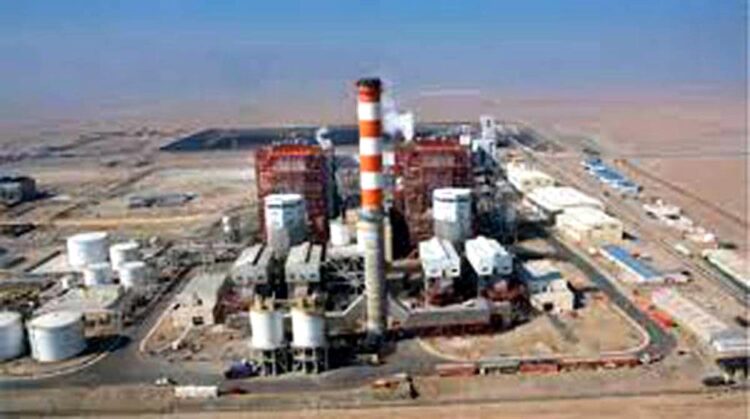Islamabad: The government is considering to retire 8,021MW thermal based power plants within next one decade and is planning to add around 36,000MW into the system during the same period.
According to Indicative Generation Capacity Expansion Plan 2022-31 (IGCEF 2022-31), Net Present Value (NPV) investment of $52.93 billion in the base case of the power generation operations will be required both in terms of CAPEX and OPEX of existing and future power projects till 2031.
As per the NTDC’s plan submitted to National Electric Power Regulatory Authority (NEPRA), out of those power plants that are due to retire in next 10 years (2022-31), include 19 plants of NTDC with the capacity of 7,339MW, four thermal power plants with the capacity of 682MW – which are providing electricity to K-Electric (KE). It was further maintained that the IGCEP is prepared for long-term electricity demand forecast, updated generation commitment schedule and other parameters, generation expansion planning decisions for investment pertaining to development of different types of power projects over the long-term horizon. In addition to the base case, various scenarios are developed for sensitivity analysis, which include: i-Low Demand Scenario, ii-High Demand Scenario, iii-Diamer Bhasha HPP in 2029, iv-Chashma Nuclear (C-5) for Energy Security, v-Local coal inclusion in 2027 and 2030, vi-Unconstrained VRE Scenario. The report showcased the detailed results of all the scenarios and sensitivity studies conducted. The results show a shift in the energy mix (GWh) from imported fuel to indigenous ones, i.e. local coal and dominating share of renewables and hydropower. The base case shows a major contribution from renewables i.e. 41 percent of hydropower and 20 percent of variable renewable energy in the overall energy mix by the year 2031. There is a minimal reliance on the imported fuels with RFO having no contribution at all in the energy mix. Imported coal and RLNG are contributing just eight percent (due to contractual binding) and two percent in the total energy requirements. -Agencies


















